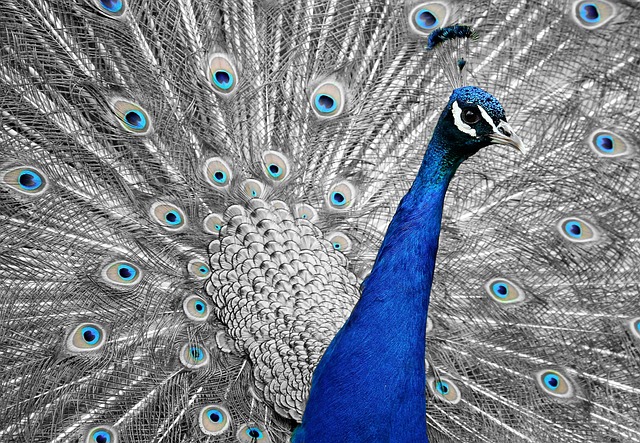Mastering the Art of Monochrome Drawing: Tips and Techniques
There’s something uniquely captivating about monochrome drawing. With its limited palette, it challenges artists to explore depth, contrast, and emotion through a singular lens—often black and white or varying shades of one color. This stripped-back approach allows the essence of the artwork to shine, unhindered by distractions of hue and saturation.
Whether you’re a seasoned artist or just starting out in the world of Draw, embracing monochrome can deepen your understanding of light, shadow, and texture.
Understanding the Power of Contrast
In monochrome drawing, contrast is your best friend. Since color variation is minimal or nonexistent, differences in value—the lightness or darkness of shades—become crucial. Experiment with a wide range of shading techniques such as hatching, cross-hatching, stippling, and blending to create dynamic visuals.
Choosing Your Medium Wisely
Pencils, charcoal, ink, and graphite are all excellent tools for monochrome drawing. Each offers unique textures and tonal possibilities:
- Graphite: Great for smooth gradients and subtle shading.
- Charcoal: Perfect for bold, dramatic contrasts and expressive strokes.
- Ink: Ideal for crisp lines and strong silhouettes.
Try combining these mediums to push the boundaries of your monochrome pieces.
The Importance of Composition
A monochrome drawing relies heavily on composition to communicate its message. Pay attention to the balance between light and dark areas, and use negative space thoughtfully. Sometimes, leaving parts of the paper untouched can add striking impact.
Embracing Minimalism to Evoke Emotion
One of the joys of monochrome drawing lies in its minimalism. Stripping away color forces both the artist and the viewer to focus on form, expression, and mood. This simplicity can evoke powerful emotions and tell stories without the need for complex color arrangements.
Practice Exercises to Enhance Your Skills
To truly master this art form, make it a habit to sketch daily using only one color or shade. Start with simple subjects—like still lifes or portraits—and gradually move to more complex scenes. Challenge yourself by creating monochrome studies from photographs or life.
Remember, the beauty of monochrome drawing lies in its ability to showcase your creativity through limits, pushing you to discover new techniques and styles within a focused framework.




